详细说明
Purity
>90%, by SDS-PAGE under reducing conditions and visualized by Colloidal Coomassie® Blue stain at 5 μg per lane
Endotoxin Level
<0.01 EU per 1 μg of the protein by the LAL method.
Activity
Measured by its ability to hydrolyze p-nitrophenylacetate. The specific activity is >330 pmol/min/μg, as measured under the described conditions. See Activity Assay Protocol on www.RnDSystems.com
Source
Mouse myeloma cell line, NS0-derived His19-Leu565, with a C-terminal 6-His tag
Accession #
N-terminal Sequence
AnalysisHis19
Predicted Molecular Mass
62 kDa
SDS-PAGE
55-60 kDa, reducing conditions
7929-CE |
| |
Formulation Supplied as a 0.2 μm filtered solution in Tris and NaCl. | ||
Shipping The product is shipped with polar packs. Upon receipt, store it immediately at the temperature recommended below. | ||
Stability & Storage: Use a manual defrost freezer and avoid repeated freeze-thaw cycles.
|
Assay Procedure
Materials
Assay Buffer: 50 mM Tris, 150 mM NaCl, pH 7.5
Reading Buffer: 50 mM Tris, pH 8.0
Recombinant Mouse Carboxylesterase 1/CES1 (rmCES1) (Catalog # 7929-CE)
Substrate: 4-Nitrophenyl acetate (4-NPA) (Sigma, Catalog # N-8130), 100 mM stock in Acetone
96-well Clear Plate (Costar, Catalog # 92592)
Plate Reader (Model: SpectraMax Plus by Molecular Devices) or equivalent
Dilute rmCES1 to 12 ng/µL in Assay Buffer.
Dilute Substrate to 2 mM in Assay Buffer.
Load 50 µL of 12 ng/µL rmCES1 into a clear microplate in triplicate and start the reaction by adding 50 µL of 2 mM 4-NPA. Include a Substrate Blank consisting of 50 µL of Assay Buffer and 50 µL of 2 mM 4‑NPA.
Incubate for 10 minutes at room temperature.
Add 100 µL Reading Buffer to each well (this will not stop the reaction).
Read immediately at a wavelength of 410 nm (bottom read) in endpoint mode.
Calculate specific activity:
Specific Activity (pmol/min/µg) = | Adjusted Abs* (OD) x Conversion Factor** (pmol/OD) |
| Incubation time (min) x amount of enzyme (µg) |
*Adjusted for Substrate Blank
**Derived using calibration standard 4-Nitrophenol (Sigma, Catalog # 241326).
Per Well:
rmCES1: 0.6 µg
Substrate: 0.5 mM
Background: Carboxylesterase 1/CES1
Carboxylesterase 1 is a member of a large family of carboxylesterases that are responsible for the hydrolysis of ester and amide bonds (1, 2). They have broad substrate specificity ranging from small molecule esters such as phenylester to long chain fatty acid esters and thioesters. They play a major role as determinants of pharmacokinetic behavior for most therapeutic agents containing an ester. By de‑esterification, they can activate or inactivate the agents. They also participate in detoxification of drugs such as cocaine and heroin in serum and liver. The resulting de‑esterified metabolites are secreted out in urine. They can also detoxify organophosphate and carbamate analogues used in agrochemicals or chemical nerve agents, such as malathion, sarin, tabun, and VX. In addition to the hydrolytic activity, they can perform transesterification, a reaction important for cholesterol homeostasis. Carboxylesterase deficiency may be associated with non‑Hodgkin lymphoma or B‑cell lymphocytic leukemia. CES‑1 shares the serine hydrolase fold observed in other esterases (3). Ces1G is a rat and mouse specific protein that is expressed predominantly in liver, but also in kidney and lung (4).
References:
Redinbo, M.R. and Potter, P.M. (2005) Drug Discovery Today 10:313.
Satoh, T. and Hosokawa, M. (2006) Chem. Biol. Interactions 162:195.
Fleming, C.D. et al. (2007) Biochemistry 46:5603.
Ellinghaus P. et al. (1998) Biochim. Biophys. Acta. 1397:175.
Entrez Gene IDs:
1066 (Human); 12623 (Mouse); 29225 (Rat)
Alternate Names:
ACAT; Carboxylesterase 1; CES1; Ces-1; Egasyn; HMSE1; REH; SES1; Ses-1; TGH







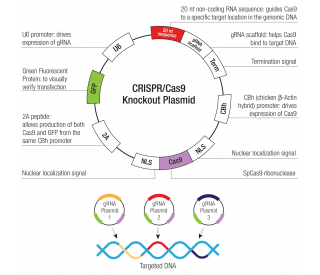
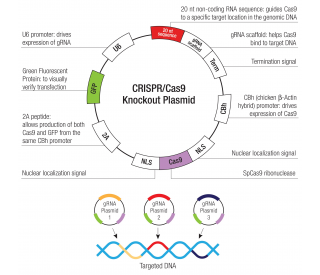
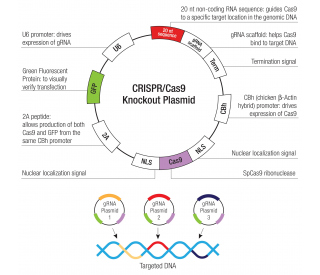
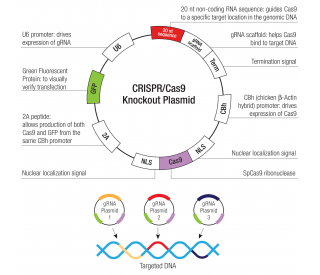
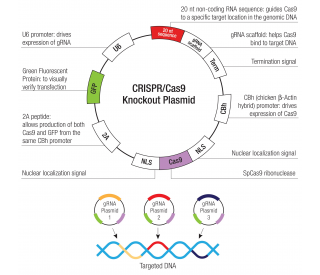
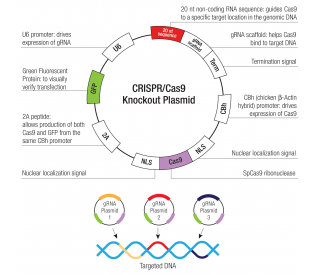



 粤公网安备44196802000105号
粤公网安备44196802000105号